





0
US President Trump announced on Friday (October 10) that tariffs on Chinese imports will be 100% effective November 1 (or earlier). This move could raise US tariffs to the levels seen in April, when they triggered market panic, recession fears, and financial turmoil. Trump cited China's new round of controls on rare earth exports as a response.
Before the weekend, gold prices rose during North American trading amid the escalating trade war between the US and China. The US government shutdown and expectations of further easing by the Federal Reserve fueled demand for gold. The metal traded above $4,000. Last week, the US dollar rose over 1.0%, with the US dollar index reaching a two-month high of 99.56. International oil prices plummeted over 4%, with WTI crude oil falling below the crucial $60 mark. This followed a Gaza ceasefire agreement signed between Israel and the Palestinian militant group Hamas. US stocks saw a sharp sell-off, with all three major indexes plummeting. US President Trump threatened to significantly increase tariffs on Chinese goods and accused China of becoming "very hostile."
The US government shutdown has entered its ninth day with little sign of progress. Consequently, market participants remain deprived of key economic data. With the third-quarter earnings season about to begin, the lack of market catalysts has investors turning their attention to comments from monetary policy officials for clues on whether the Federal Reserve will cut interest rates before the end of the year.
Tensions in the Middle East have unexpectedly eased. Israel and Hamas signed a ceasefire agreement, the first phase of US President Trump's initiative to end the Gaza War, which quickly reduced geopolitical risks in the historically volatile region.
France's Macron's head of government election, originally scheduled for Friday (October 10), aimed at selecting a leader to lead the country out of the political deadlock, has temporarily avoided a new round of elections. This improvement in France's political deadlock has provided a temporary reprieve for the euro, but it still faces long-term challenges.
According to Japan Broadcasting Corporation NHK, Japan's Komeito Party will withdraw from the ruling coalition with the Liberal Democratic Party. The Komeito leader has expressed his intention to withdraw from the coalition to LDP leader Sanae Takaichi. The Komeito Party's shift in focus could have a significant impact on the subsequent Japanese prime ministerial election. Has the split between Japan's Komeito Party and the Liberal Democratic Party put Sanae Takaichi's dream of becoming prime minister in jeopardy?
Last Week's Market Performance Review:
Last week, the US stock market experienced a sharp sell-off, with all three major indexes plummeting. The reason was President Trump's threat to significantly increase tariffs on Chinese goods, accusing China of "becoming very hostile." Prior to Trump's comments, the market had been rallying strongly, with the Nasdaq even reaching a record intraday high. However, selling pressure intensified in late trading, with the Dow Jones Industrial Average closing down 878.82 points, or 1.90%, at 45,479.60. The S&P 500 fell 2.72% to 6,552.51, and the Nasdaq Composite plummeted 3.56% to 22,204.43.
Gold prices rose on Friday, hovering near an all-time high and extending their eighth consecutive weekly gain. Spot gold re-crossed the $4,000 mark on Friday, approaching Wednesday's all-time high of $4,059, buoyed by renewed tensions between Washington and Beijing. This came after US President Trump stated there was no reason to meet with Chinese President Xi Jinping in South Korea in two weeks' time, while preparing to raise tariffs on Chinese imports.
Silver traded above $50 per ounce, near Thursday's record high of $51.240, and was on track for its eighth consecutive weekly gain, supported by strong safe-haven demand and ongoing supply constraints. Prices extended their upward momentum on Friday after US President Trump stated there was no reason to meet with China's Xi Jinping in South Korea in two weeks' time and hinted at plans to raise tariffs on Chinese imports.
US Treasury yields fell sharply on Friday following US President Trump's tariff comments before the weekend, injecting new geopolitical risks into an already tense market. The US dollar weakened alongside yields, with the US dollar index retreating from a weekly high of 99.56 to close at 98.84. Traders are weighing the dual impact of a declining probability of a rate cut against rising political uncertainty overseas.
The euro remained under pressure near a two-month low against the US dollar, potentially posting its worst weekly performance of the year. Investors awaited French President Emmanuel Macron's announcement of a new prime minister in the coming hours. The euro closed the week at around 1.1620 against the US dollar, down over 1.4% for the week. The Japanese yen also suffered its worst weekly performance of the year, drawing support from similar risks surrounding a political transition in Japan. The dollar fell 2.65% to close at 151.17.
The British pound found support near 1.3300 after three consecutive days of decline last week, benefiting from continued hawkish rhetoric from Bank of England officials. However, risk aversion stemming from the stalemate in the US government shutdown kept the US dollar strong, limiting any upside for the pound. The Australian dollar closed at 1.3360, down 0.90% for the week. The Australian dollar fell sharply against the US dollar before the weekend, plummeting to a more than one-month low against the US dollar after US President Trump threatened to impose "huge tariff increases" on Chinese imports, reigniting concerns about a trade war between the world's two largest economies. Given Australia's close trading ties with China, these comments dealt a heavy blow to the Australian dollar, with AUD/USD trading around 0.6470, down nearly 2.0% over the weekend.
Last Friday, international oil prices plummeted by over 4% as US President Trump's threat to raise tariffs on Chinese goods stoked market concerns about the outlook for crude oil demand and exacerbated concerns about oversupply. Risk aversion intensified in the market, pushing oil prices to new lows since May. Brent crude oil fell 3.61% to close at $61.95 per barrel for the week, its lowest level since early May. US crude oil (WTI) closed at $57.91 per barrel, down 4.32%, also its lowest point since May.
Before last week, Bitcoin was attempting to hold above $120,000, having previously attempted to break through $124,000 but failed to hold, subsequently retreating. After a brief rally to $124,000, Bitcoin quickly retreated below $120,000, mirroring the pullbacks from record highs in gold and silver. Compared to Bitcoin, altcoins performed even worse during this sell-off, a clear weakening of market risk appetite. Bitcoin briefly approached its all-time high of $124,000 before the US stock market opened, but fell below $121,000 just about 90 minutes later.
Trump's tariff threats disrupted markets, driving down US Treasury yields and the dollar; traders focused on the Federal Reserve's interest rate cuts and global political turmoil. Trump's comments dampened risk appetite, prompting investors to shift to bonds and gold, leading to a decline in the stock market. The 10-year US Treasury yield fell 8 basis points to 4.063%, while the 2-year Treasury yield fell 7 basis points to 3.522%.
This Week's Market Outlook:
This week (October 11-17), due to the US government shutdown, a series of important data releases may not be released to the market. However, investors can capture these releases through data from investment banks and market institutions.
A series of important economic data and key events influencing the Federal Reserve's interest rate cut decision will be released. From Chinese trade data to crude oil market reports, speeches by central bank officials to global financial summits, each of these events has the potential to trigger significant market volatility. Furthermore, US President Trump announced last Friday (October 10) that a 100% tariff will be imposed on Chinese imports, effective November 1 (or earlier). This move could raise US tariffs to the highs of April this year, which triggered market panic, recession fears, and financial turmoil. Investors should plan ahead to mitigate potential risks and opportunities.
As for this week's risks:
Geographical and policy variables warrant close attention. In addition to core economic data, investors should be wary of three potential risks: First, the Russia-Ukraine conflict, the Israeli-Palestinian conflict, and domestic political developments in Japan and France could trigger increased risk aversion, benefiting safe-haven assets such as gold and the US dollar. Second, if central bank officials from the Federal Reserve, the European Central Bank, and the Reserve Bank of Australia signal a policy shift, market expectations could be rapidly revised, triggering short-term fluctuations in their respective currencies. Third, if international trade frictions escalate again, this would suppress global sentiment towards risky assets.
How will the release of US economic data be affected?
Staff at the Bureau of Economic Analysis and the Bureau of Labor Statistics are likely to face unpaid leave. During the 2013 government shutdown, the release of two monthly employment reports and the Consumer Price Index (CPI) report were rescheduled, disrupting economic data releases for the remainder of the year.
The most direct impact will be felt in the employment reports after October 3rd. If the shutdown is brief, the Federal Reserve may be able to obtain non-farm payroll data before its policy meeting on October 28th and 29th.
Given that weekly initial unemployment claims data is released at the state level, it is likely that this data will continue to be released normally. If the Bureau of Labor Statistics fails to release non-farm payroll data, the market will pay closer attention to private sector data such as the monthly ADP (Automatic Data Processing) employment report, and Federal Reserve policymakers may rely more heavily on their own analysis of the ADP data.
If the Consumer Price Index (CPI) data is not released at the end of October, the US Treasury is expected to publish a proxy index based on recently released inflation figures for use in pricing Treasury Inflation-Protected Securities (TIPS) and CPI swaps. Once the shutdown ends, the release of these data will be delayed.
Japan and France simultaneously ignited a "safe-haven" trend; the US dollar hit a two-month high.
Last week, the US dollar shrugged off concerns about the US government shutdown and the Federal Reserve's easing of monetary policy. The US dollar index strengthened for the third consecutive trading day, recouping the losses caused by the government shutdown last week due to the bipartisan standoff, reaching a near two-month high of 99.00. Political and fiscal uncertainty in France and Japan continues to impact the euro and yen, prompting speculative funds to flow into the US dollar for safety.
Fiscal concerns resonate between Japan and France: The US dollar is supported by safe-haven flows. In Japan, Sanae Takaichi, a former aide to Shinzo Abe, won the Liberal Democratic Party (LDP) presidential election, making her a likely candidate for prime minister. Investors are closely watching her cabinet selections, but the market generally expects her to revive "Abenomics," centered on massive fiscal spending and loose monetary policy, dampening expectations of further Bank of Japan tightening. Europe is also volatile, with French Prime Minister Sebastien Le Cornu's sudden resignation after just 27 days in office plunging France into a political crisis. This has heightened market concerns about France's fragile fiscal situation, leading to a broad-based decline in the euro.
The US dollar strengthened, driven by both political uncertainty and interest rate premiums. In France, Sebastien Le Cornu's unexpected resignation as prime minister triggered a repricing of fiscal fragility. In Japan, Sanae Takaichi's victory in the LDP leadership election has fueled expectations of a return to a "massive fiscal policy coupled with ultra-loose monetary policy," putting pressure on the yen. The strong dollar and rising US Treasury yields (10-year bonds at approximately 4.17% and 30-year bonds at approximately 4.77%) have combined to weaken the appeal of the euro and yen.
The current market is characterized by a typical "policy versus risk aversion" dynamic: on the one hand, the US government shutdown is driving safe-haven buying of the US dollar; on the other hand, expectations of a Fed rate cut are weakening the dollar's medium- to long-term upside potential.
Market Sentiment Observation: The recent upward trend is essentially the result of two forces: First, the extended shutdown has created a "data vacuum," making it difficult for the market to obtain new fundamental confirmation, allowing US dollar bulls to enjoy a time premium; second, short positions that retreated from below 100 were forced to cover above 98, driving a "short squeeze." Meanwhile, the intensive statements from Fed officials and the impending release of minutes have prompted the market to favor "pre-news risk parity" and "post-event repricing."
The key sentiment factor here is that if the minutes continue to reinforce the consensus of the Fed's "two rate cuts this year" and Powell offers no substantive new information, the dollar's upward momentum will likely come from short covering combined with a lack of data disruptions. If the CPI is delayed, the dollar's "no-news premium" could persist. Next, the market will be determined by the strength of the words in the minutes and the speeches of Fed officials this week.
Gold Breaks Through $4,000: Three Engines Ignite an Epic Bull Market!!
Under the watchful eyes of global investors, the gold market has once again reached a historic moment. Last Wednesday, spot gold prices broke through $4,000 per ounce for the first time. (Last Tuesday, US gold futures prices broke through $4,000 a day earlier, both reaching new all-time highs.) (As I suggested last week, a breakout of $4,000 this year is a foregone conclusion.) This nearly year-long gold frenzy is demonstrating increasingly strong upward momentum, driven by multiple factors.
Multiple factors, including expectations of a Federal Reserve rate cut, the US government shutdown, and the People's Bank of China's continued increase in holdings, have combined to drive gold prices higher. So far this year, gold prices have risen by over 53%, far outperforming other assets and attracting the attention of global investors.
This continued upward momentum stems from investors' instinctive aversion to uncertainty. When stock and bond market volatility intensifies, gold naturally becomes the preferred safe haven. Current safe-haven flows are partly driven by the chaotic US government shutdown, with no sign of a resolution in the near term, providing solid buying support for gold.
The US government shutdown has exacerbated global risk aversion; the federal government shutdown, now in its seventh day, has directly amplified market panic. The shutdown has not only interrupted the release of key economic data but also forced investors to rely on non-governmental sources to assess economic health. Overall, this political chaos has reinforced gold's safe-haven attributes, making it a standout asset in global asset allocation.
Expectations of a Fed rate cut have become the core driver of gold's price increases; the Fed's monetary policy direction remains a key variable in gold's price fluctuations. Currently, the market generally expects the Federal Reserve to cut interest rates by 25 basis points at this month's meeting, followed by another cut of the same magnitude in December. This expectation is not groundless, but is based on weak signals in US economic data and statements from Fed officials. The Fed has clearly signaled a rate cut, and the lack of comprehensive data has reinforced this trend. A rate cut environment typically weakens the dollar's appeal and reduces the opportunity cost of holding gold, thereby driving gold prices higher.
The People's Bank of China continues to increase its gold holdings; in addition to US factors, the central bank's actions have also injected strong momentum into gold's rally. Data from the People's Bank of China shows that the bank increased its gold reserves for the eleventh consecutive month in September. This reflects China's strategic planning amid global geopolitical tensions and trade uncertainties. As the world's largest gold producer and consumer, China is increasing its gold holdings to diversify its reserves and reduce its reliance on the US dollar. This not only boosts physical demand for gold but also sends a positive signal to the market. Combined with the Fed's accommodative policy and a weak US dollar, the central bank's buying has become another important pillar of the gold price rally.
In summary, gold's breakout above $4,000 is the result of a confluence of positive factors, from expectations of a Federal Reserve rate cut, the government shutdown, increased holdings by the People's Bank of China, and global market turmoil, all providing strong momentum.
Looking ahead, as political uncertainty and the risk of an economic slowdown persist, gold's safe-haven appeal will continue to attract inflows. Investors should closely monitor the Federal Reserve meeting minutes and progress on the government shutdown, but remain wary of the risk of a short-term correction. Furthermore, they should monitor the Reserve Bank of New Zealand's interest rate decision and speeches by Fed officials. Furthermore, they should monitor news related to the Middle East geopolitical situation.
Bulls and bears clash; will crude oil open a new downward path?
OPEC+ decided to increase production by only 137,000 barrels per day in November, the same as the October increase and lower than previously expected. The smaller-than-expected OPEC+ production increase has focused the market on oversupply, providing some support for oil prices. This minimal increase is unlikely to shift the short-term supply-demand balance unless inventories continue to rise. OPEC+'s "minimal production increase" option continues to provide some support for oil prices. However, market concerns about potential oversupply persist, especially with global inventories expected to rise in the coming months.
Meanwhile, a report from the U.S. Energy Information Administration (EIA) further reinforced bearish market sentiment. The agency raised its forecast for U.S. crude oil production this year from 13.44 million barrels per day (bpd) to 13.53 million bpd, a record high. This increase stems from higher-than-expected July production and accelerated production from offshore Gulf of Mexico fields.
The EIA currently projects WTI crude oil prices to average $65 per barrel and Brent crude oil prices to average $68.64 per barrel this year, both down approximately 15% year-over-year. The agency also warned that rising global inventories will put significant pressure on oil prices throughout this year and into next.
As the physical market has yet to reflect the production increase through sustained inventory builds, traders remain cautious. Any signs of weakening demand or further inventory increases could limit oil price upside.
Market Outlook: Moderate production increases by OPEC+ and diverging regional demand are limiting upside potential. The key strategic consideration is to respect the "layered confirmation" of price levels and the "volume-driven" nature of the term structure. Between 66.00 and 69.00, the market needs new marginal variables to complete the trend shift. If the support level of 64.00-63.90 is broken continuously, bearish market sentiment will quickly take hold, and volatility may enter a new round of expansion.
Thus, bearish sentiment remains dominant. Despite a short-term rebound in oil prices, the overall technical and fundamental outlook remains bearish. Unless West Texas Intermediate crude oil clearly breaks through its 50-day moving average, the rebound is likely to be met with a sell-off. Surging US crude oil production, rising global inventories, and a slight increase in OPEC+ production all indicate that oil prices will continue to face downward pressure.
This week's conclusion:
Trump announces a 100% tariff increase on China; could the tariff trade conflict reignite?
Last Friday (October 10), US President Donald Trump announced that he would impose an additional 100% tariff on Chinese imports, effective November 1 (or earlier). This decision could raise US tariffs to the levels seen in April, when they triggered market panic, recession fears, and financial turmoil. Trump cited China's new round of export controls on rare earth metals as a response.
At this stage, it remains unclear whether either side intends to deescalate tensions to salvage the meeting.
It remains unclear how Trump will follow through on his tariff threat and how Beijing will respond. The US has argued that China has been an unfair trading partner for years, but the Trump administration should have anticipated the possibility of restrictions on rare earth exports and a halt to purchases of US products.
Trump's announcement of an additional 100% tariff on Chinese imports has rekindled trade tensions between the US and China. With the rare earth export controls, the uncertain prospects for negotiations, and significant financial market volatility, global investors are once again concerned that the trade conflict could rekindle, with profound implications for economic growth and supply chain security.
Overview of Important Overseas Economic Events and Events This Week:
Monday (October 13): US September Non-Farm Payroll Change; US September Average Hourly Wage Annual Rate (%); US September Unemployment Rate (%); US August Trade Account (US$ billion); US Initial Jobless Claims for the Week Ending October 4 (10,000); US August Wholesale Inventories Month-over-Month Rate (%)
Tuesday (October 14): Australia ANZ Consumer Confidence Index for the Week Ending October 12; UK August Unemployment Rate (ILO Standard) (%); Eurozone October ZEW Economic Sentiment Index; Reserve Bank of Australia Releases September Monetary Policy Meeting Minutes
Wednesday (October 15): US September CPI Annual Rate (unadjusted) (%); US October New York Fed Manufacturing Index; Bank of England Governor Bailey's speech at the Institute of International Finance (IIF) Annual Meeting; RBA Deputy Governor Hauser delivers a speech
Thursday (October 16): Australia's September seasonally adjusted unemployment rate (%); Australia's September employment change (10,000 people); UK August GDP (month-over-month rate) (%); UK August industrial output (month-over-month rate) (%); Eurozone August seasonally adjusted trade balance (€100 million); US initial jobless claims for the week ending October 11 (10,000); US October Philadelphia Fed manufacturing index; US September PPI annual rate (%); US September retail sales month-over-month rate (%)
Friday (October 17): Eurozone September harmonized CPI annual rate (unadjusted final value) (%); US September preliminary building permits month-over-month rate (%); US September housing starts annual rate (%); G20 Finance Ministers and Central Bank Governors press conference
Disclaimer: The information contained herein (1) is proprietary to BCR and/or its content providers; (2) may not be copied or distributed; (3) is not warranted to be accurate, complete or timely; and, (4) does not constitute advice or a recommendation by BCR or its content providers in respect of the investment in financial instruments. Neither BCR or its content providers are responsible for any damages or losses arising from any use of this information. Past performance is no guarantee of future results.
Lebih Liputan
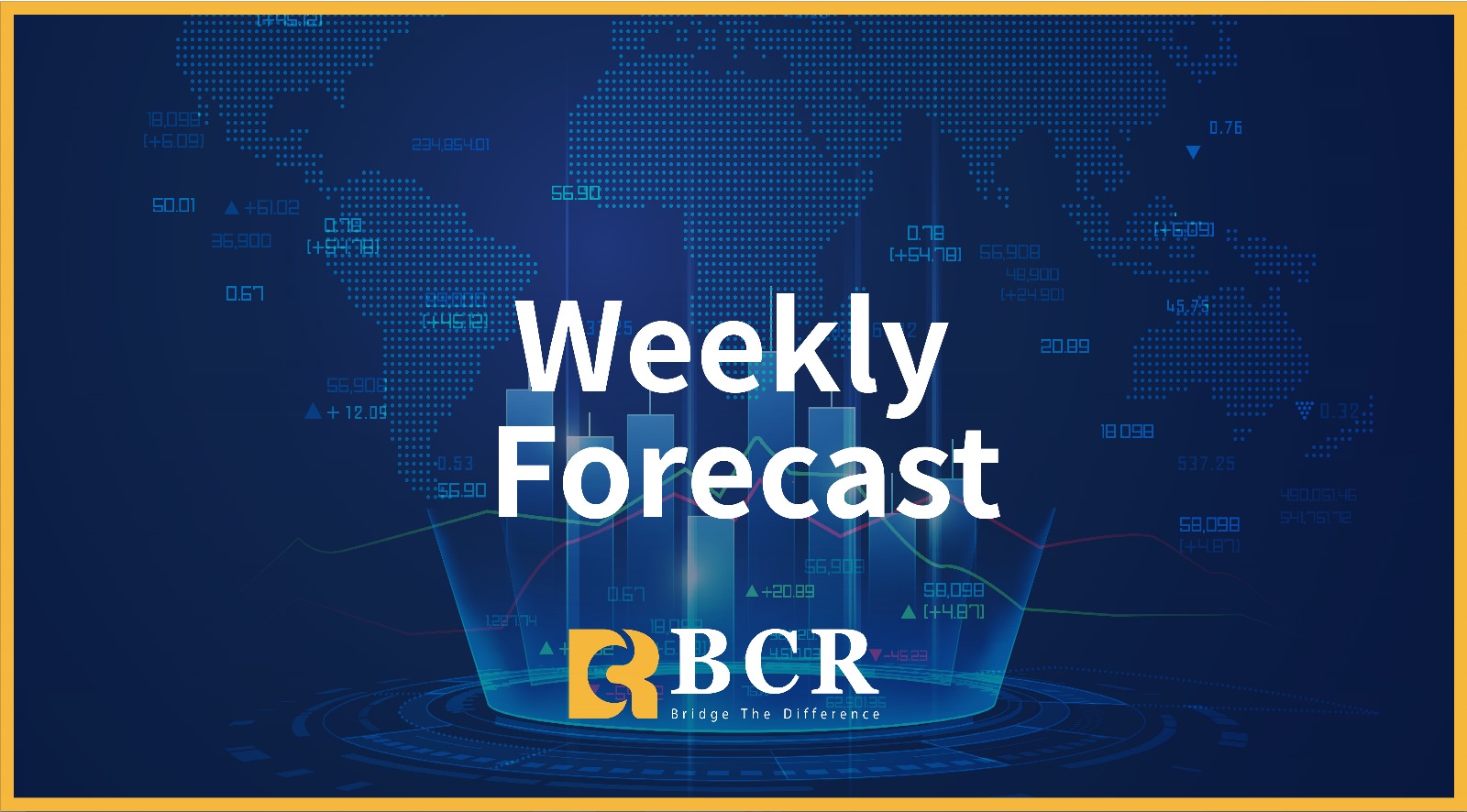
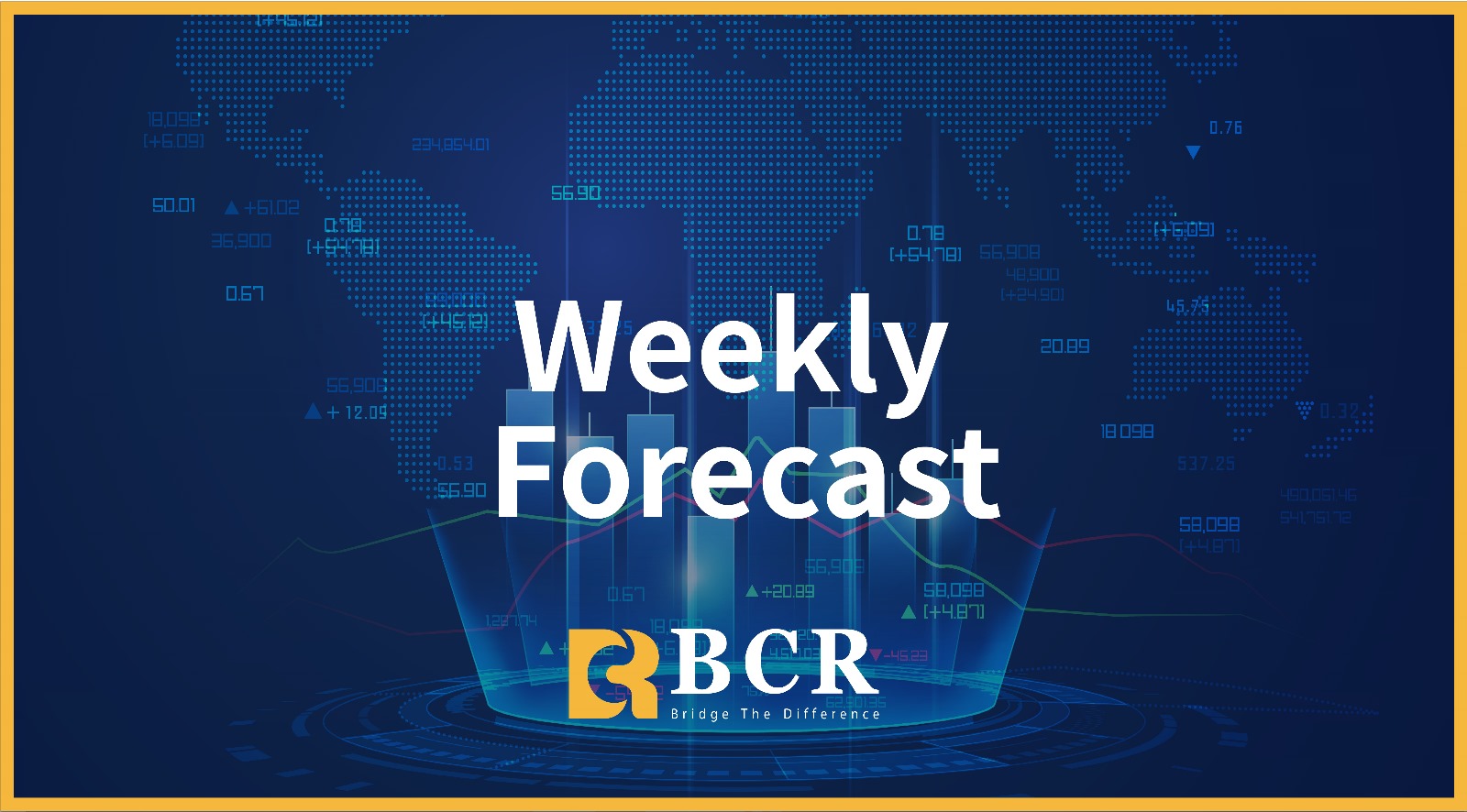
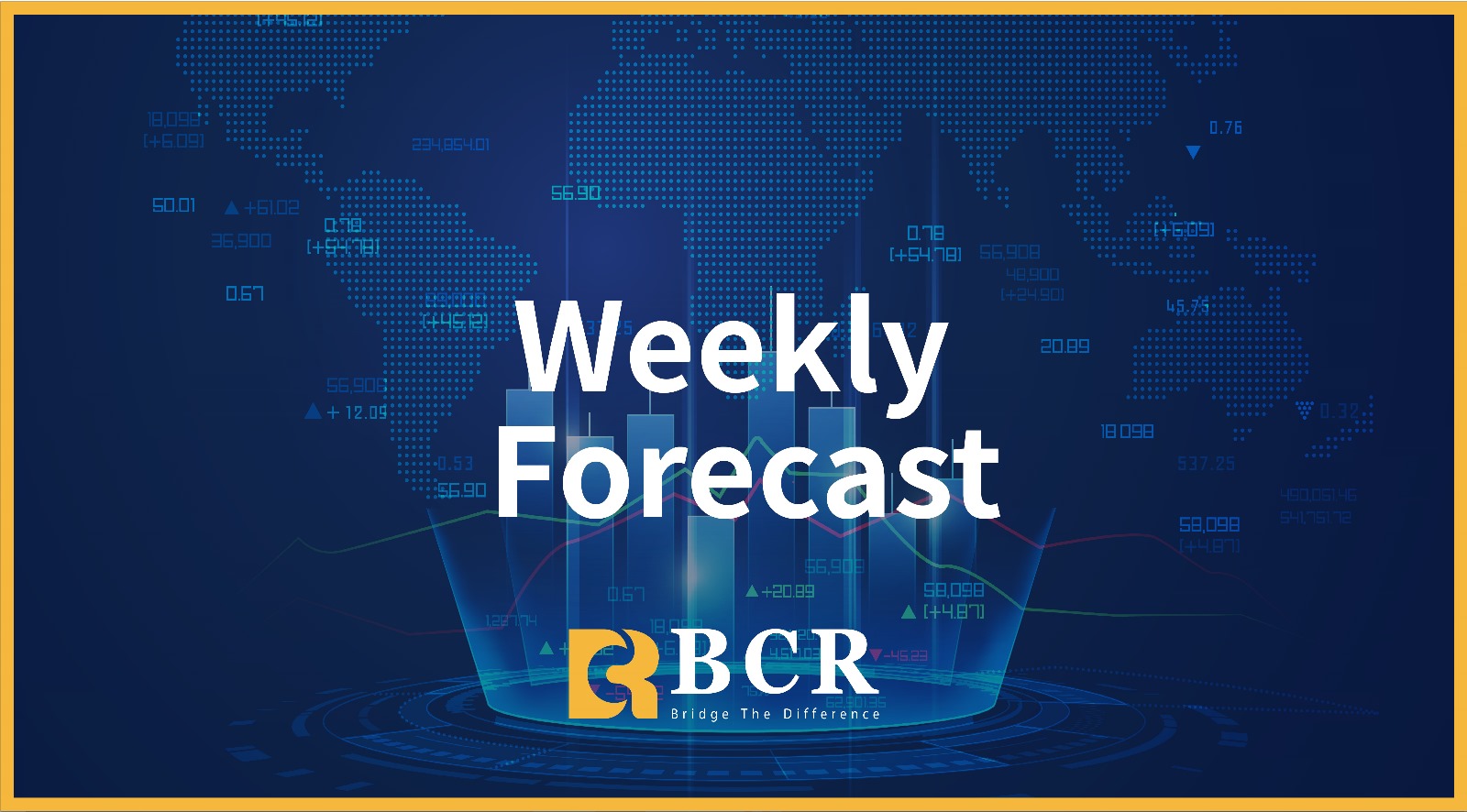
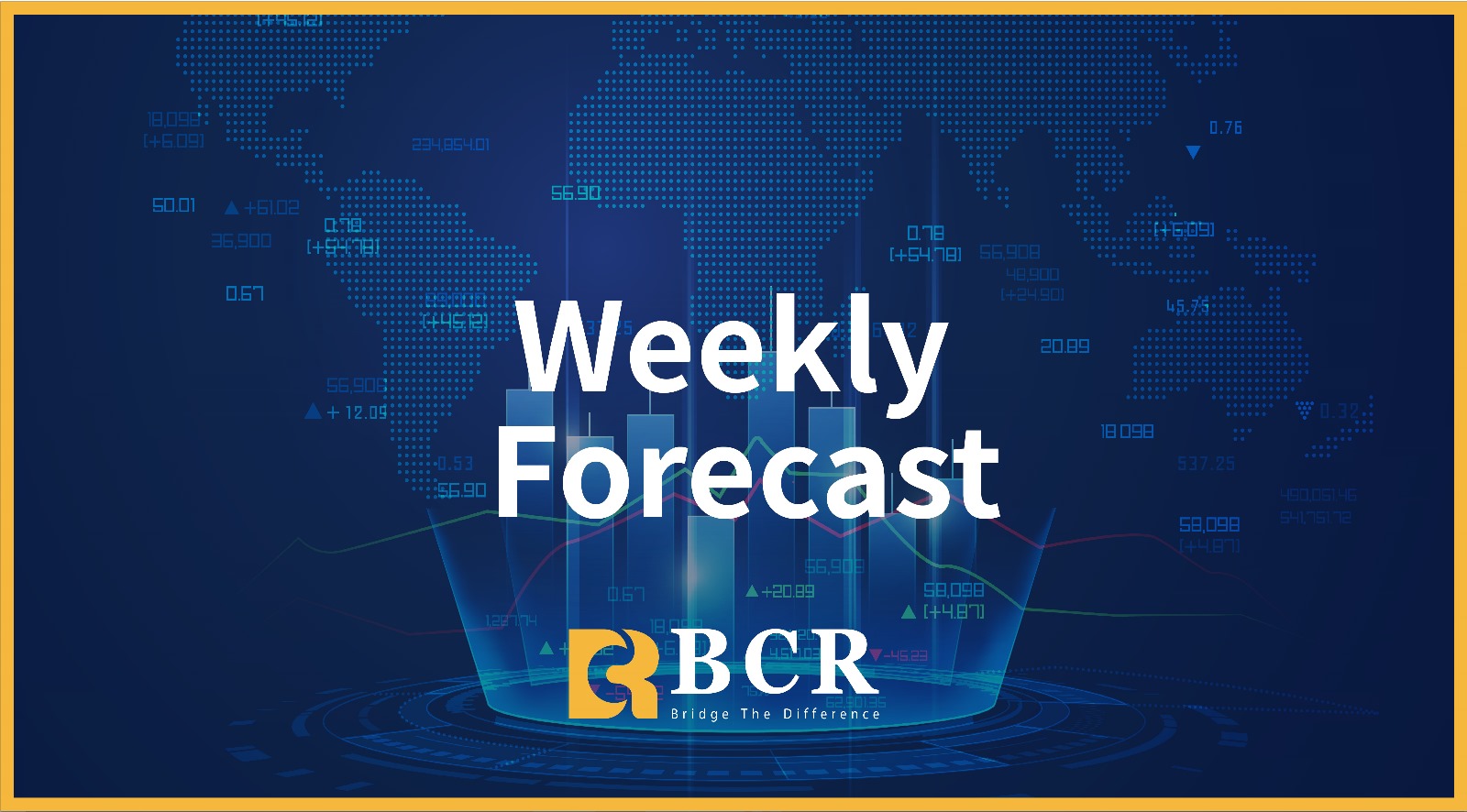
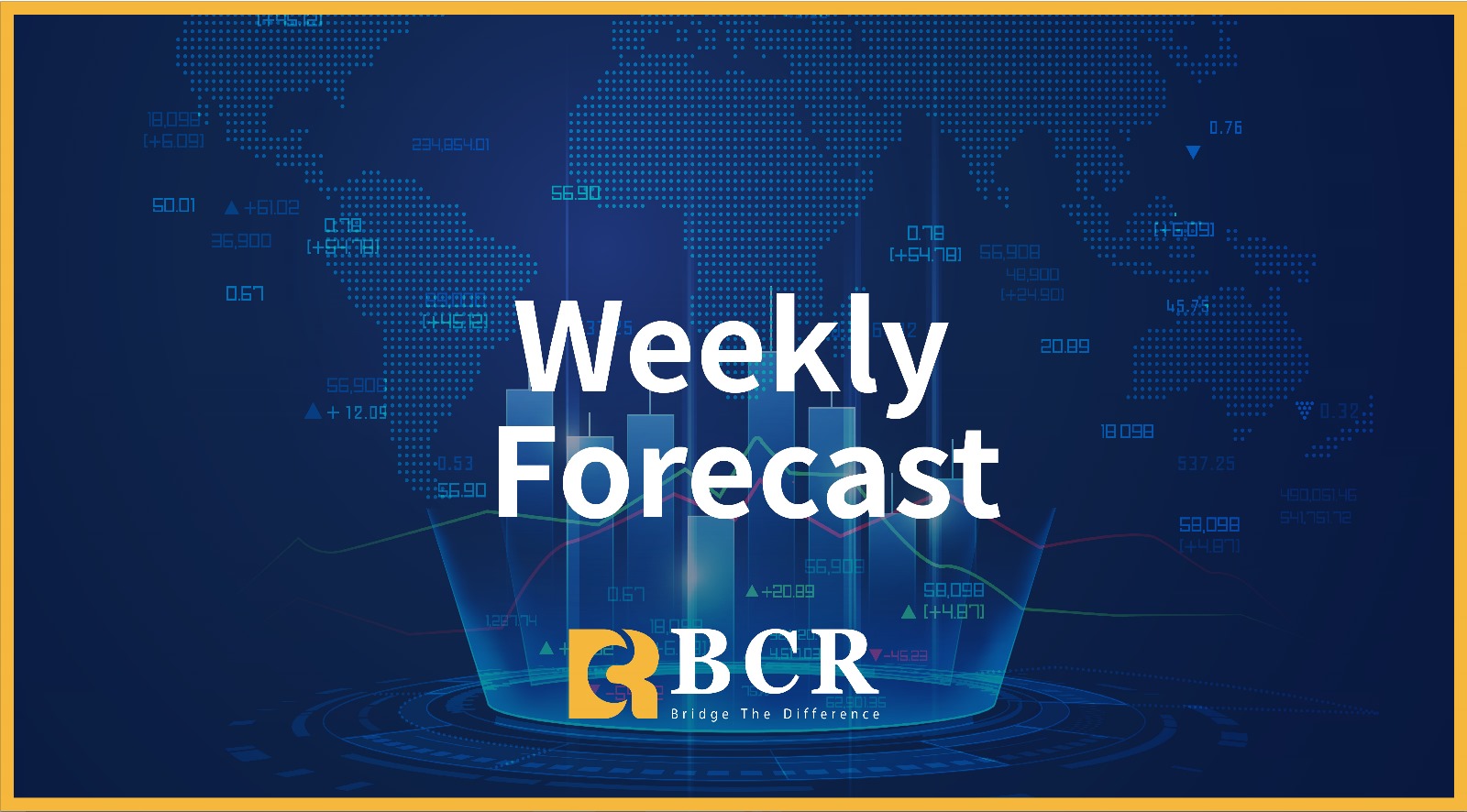
Pendedahan Risiko:Instrumen derivatif diniagakan di luar bursa dengan margin, yang bermakna ia membawa tahap risiko yang tinggi dan terdapat kemungkinan anda boleh kehilangan seluruh pelaburan anda. Produk-produk ini tidak sesuai untuk semua pelabur. Pastikan anda memahami sepenuhnya risiko dan pertimbangkan dengan teliti keadaan kewangan dan pengalaman dagangan anda sebelum berdagang. Cari nasihat kewangan bebas jika perlu sebelum membuka akaun dengan BCR.
BCR Co Pty Ltd (No. Syarikat 1975046) ialah syarikat yang diperbadankan di bawah undang-undang British Virgin Islands, dengan pejabat berdaftar di Trident Chambers, Wickham’s Cay 1, Road Town, Tortola, British Virgin Islands, dan dilesenkan serta dikawal selia oleh Suruhanjaya Perkhidmatan Kewangan British Virgin Islands di bawah Lesen No. SIBA/L/19/1122.
Open Bridge Limited (No. Syarikat 16701394) ialah syarikat yang diperbadankan di bawah Akta Syarikat 2006 dan berdaftar di England dan Wales, dengan alamat berdaftar di Kemp House, 160 City Road, London, City Road, London, England, EC1V 2NX. Entiti ini bertindak semata-mata sebagai pemproses pembayaran dan tidak menyediakan sebarang perkhidmatan perdagangan atau pelaburan.